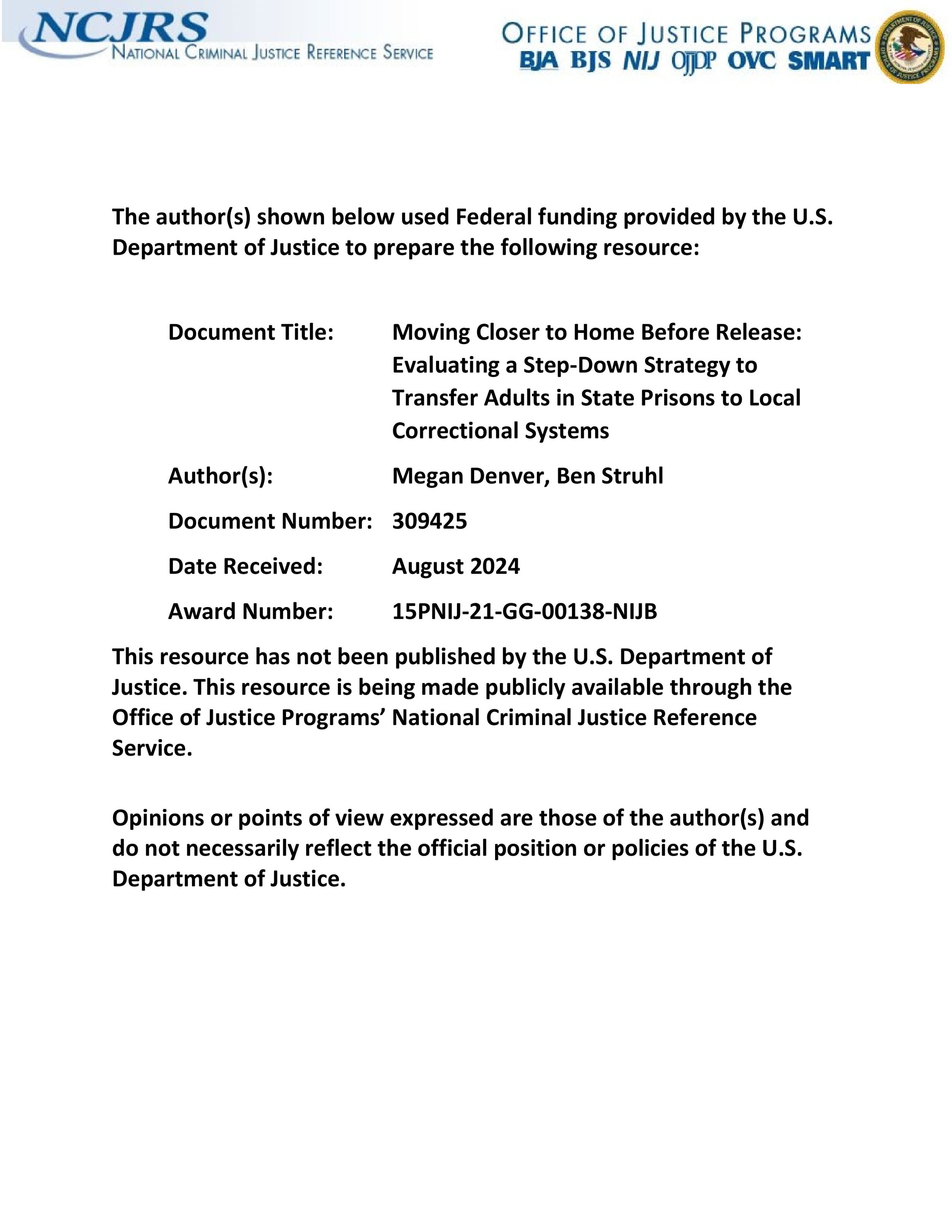By Eve Tailor and Dan Jones
Numerous prisons, charities, and prison education providers deliver peer mentoring schemes relating to education, skills, and work (ESW). Where successful, these schemes are viewed as significant in the delivery of ESW and have been highly praised by His Majesty's Inspectorate of Prisons (HMIP) and Ofsted. However, practice is inconsistent and there is limited evidence about which delivery models are most successful. The rationale for undertaking this research was to understand effective practice in ESW peer mentoring in more detail, including the functioning of these schemes. The findings from this study will be used by the HMPPS Prisoner Education Service team to inform ESW peer mentoring policy development.
Findings are based on 48 qualitative interviews with mentees, mentors and ESW staff members across 5 male prisons in England in April and May 2023.
1.2 Key Findings
A variety of mentoring schemes operate in ESW within men’s prisons. The setting, structure, purpose, and formality of schemes explored in this study vary significantly. For example, formalised schemes had structured mentor/mentee relationships and clear staff oversight. These schemes tended to focus on skill development, such as reading. Less formalised schemes often had flexible and less structured operation, with mentors supporting multiple mentees. These less formalised schemes often involved supporting staff to deliver ESW services. There is no ‘one-size-fits-all’ approach to peer mentoring in ESW, allowing individual sites to tailor their provision to the learners at their site.
Some of the enablers of effective practice identified by participants in this study included:
mentors having previous experience as a mentee or mentor in other custodial and non-custodial settings,
approachable mentors helping to facilitate mentee recruitment and effective running of schemes,
privileges and low-risk status enabling greater access to the prison site and recognition of the hard work of mentors.
Some of the barriers to effective practice identified by participants in this study included:
regime and restricted movement preventing access to mentoring,
limited awareness from operational staff about the purpose of peer mentoring,
lack of appropriate space on wings to provide support,
recruitment issues arising from stigma and lack of awareness, and
a lack of a ‘pipeline’ for new mentors which made some schemes unsustainable.
Participants identified a range of benefits and drawbacks associated with ESW peer mentoring. Benefits included improved staff-prisoner relationships and the development of soft skills such as communication and learning new skills.
Drawbacks identified by participants included mentors having to deliver mentoring during association and losing their ‘down time’, becoming demoralised by the lack of engagement, and previous poor experiences of mentoring being “off-putting” for future participation in schemes.
Ministry of Justice Analytical Series, London: UK Ministry of Justice, 2024. 41p.





